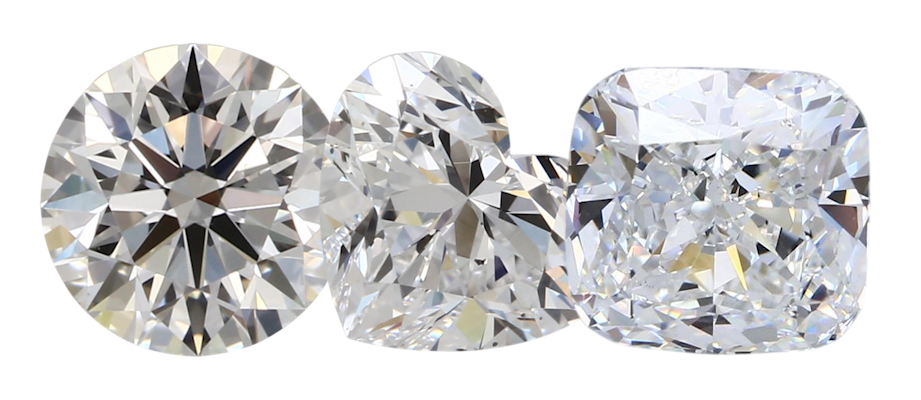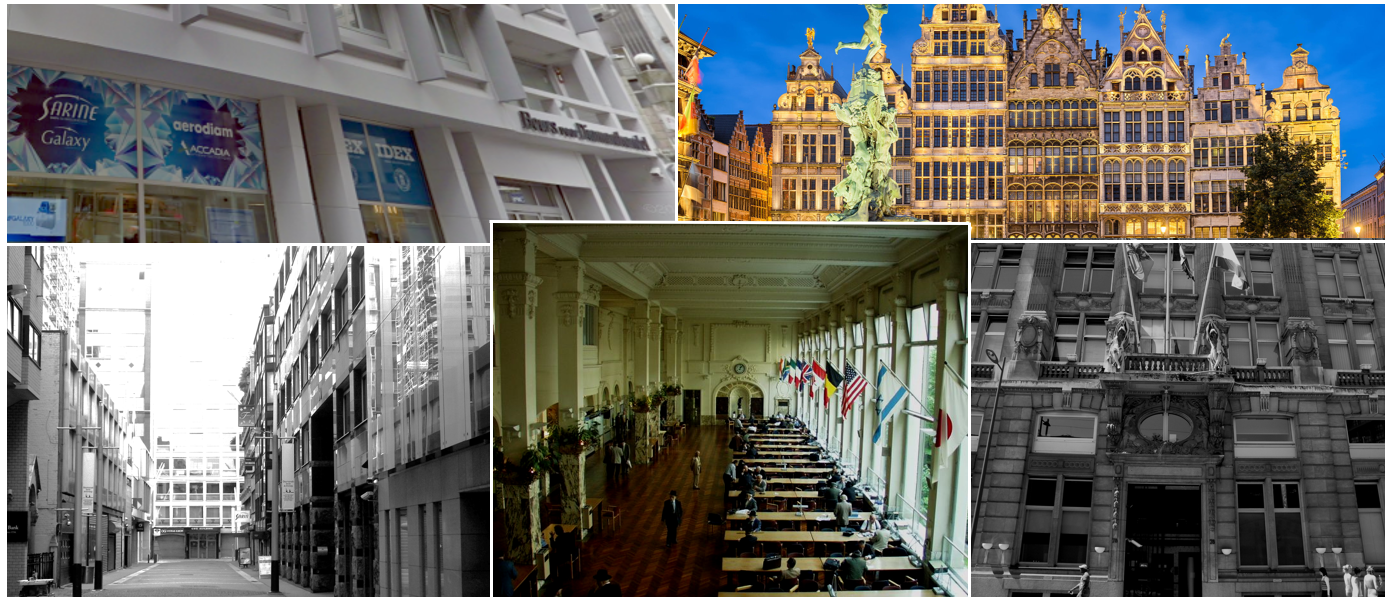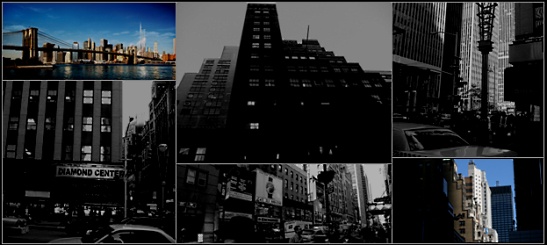|
Rough
diamonds are mined across 4 continents and sorted, in London, into more than
5,000 categories. The rough is then distributed to the cutting centers and to
dealers worldwide.
The
Diamond Exchange is at the center - with the purpose of protecting the integrity and interests of
the trade - which is, probably, the major reason why the industry has succeeded
as well as it has. Diamond people have a long tradition of cooperating with one
another for the common good, within the framework of the Bourse, even though
they may compete against one another on the global markets on a day-to-day basis.
Each Bourse (with its own infrastructure, constitution and by-laws, and strict
requirements for membership) has its own interesting history. Underlined by the
relative simplicity of a verbal agreement (mazal u'bracha) and a handshake, the
Bourse preserves the code of "mazal u'bracha" which is
central to the traditions of the diamond business. There
are more than 20 Bourses worldwide (including 2 active Bourses in Israel, 4 in
Antwerp, 2 in Johannesburg, 1 active Club in New York, Los Angeles, Miami, Hong
Kong, Tokyo, Milan, Idar-Oberstein, Paris, Vienna, London, Amsterdam, Singapore,
Bangkok), affiliated with the World
Federation of Diamond Bourses which is based
in Antwerp. ANTWERP DIAMOND EXCHANGE
Antwerp,
an important diamond cutting center since the 15th century, replaced Amsterdam
as the "capital" of the diamond industry trade after WWII, and is now
considered the principle trading center in this diverse global industry. World War II had a dramatic effect on it as a diamond center because the industry literally disintegrated when Jewish diamantaires were forced to leave Belgium. Some of the more fortunate were able to establish themselves in the USA, Cuba, Great Britain, and Palestine; after the war, in the aftermath of the Holocaust, Antwerp re-established itself as a major force in the international diamond community.
The
"Club", the oldest bourse in Antwerp, set a precedent with its
arbitration board. Members of the Diamantclub van Antwerpen first met (as a
traders society) in 1886 at the Cafe Flora, and later moved to a residence on
Simonsstraat in 1892. By 1910, the "Club" had been rebuilt three times.
In 1969, an eleven floor building was built at 62 Pelikaanstraat. ISRAEL DIAMOND EXCHANGE Ramat
Gan became the diamond center of Israel when the first building of the Diamond
Exchange was built there in 1968. Petach Tikva was the site of the first
polishing unit, set up in 1937, 11 years before the State was declared. Netanya
was the country's primary diamond cutting center for many years. There are
manufacturing facilities in many cities throughout the country including
Ramat
Gan, Tel Aviv, B'nai Brak, Jerusalem, Safed, and Nazareth.
Ramat Gan is approximately a 1/2 hour drive (depending on traffic) from the Ben
Gurion International Airport, and 10 minutes from Tel Aviv and the beaches on
the Mediterranean Sea. NEW YORK DIAMOND DEALERS CLUB The New York Diamond Dealers Club was established in lower Manhattan in 1931, in the middle of the worst economic depression in American history. At that time, the idea of venturing into a new business seemed absurd to most, yet a small group of forward-thinking diamantaires chose to initiate the first big step for a New York-based diamond trade association. They were convinced that American diamond dealers should follow the lead of their European colleagues and organize a secure, private exchange for their trading. World War II caused many European dealers to immigrate to the United Sates, thereby expanding the numbers of the Diamond Dealers Club. In the post war years, the U.S. diamond trade took on a bustling, thriving character. As the Club developed and expanded, it outgrew its space. The Club was forced to move several times to accommodate its increasing number of members.
In the 1940's, the Club decided to move to a West 47th Street location, uptown and away from its mainstream of business. By 1956, the Diamond Dealers Club experienced space problems again. The trading floor was greatly enlarged, and made more comfortable for the membership. In 1985, the Club moved to its current location at 11 West 47th Street where it occupies spacious quarters that include a trading floor, modern communications, administrative space, and restaurant facilities. As the Club's presence grew on 47th Street, the number of jewelry and diamond businesses increased overwhelmingly. Within a few years, the street was well on its way to becoming the highly concentrated display of diamonds and diamond jewelry that it is today - probably the largest in the world. Indeed, 47th Street is now marked by signs identifying it as Diamond & Jewelry Way, since more than 2,000 businesses devoted to the diamond and jewelry industry are conveniently located in the heart of Manhattan. |



